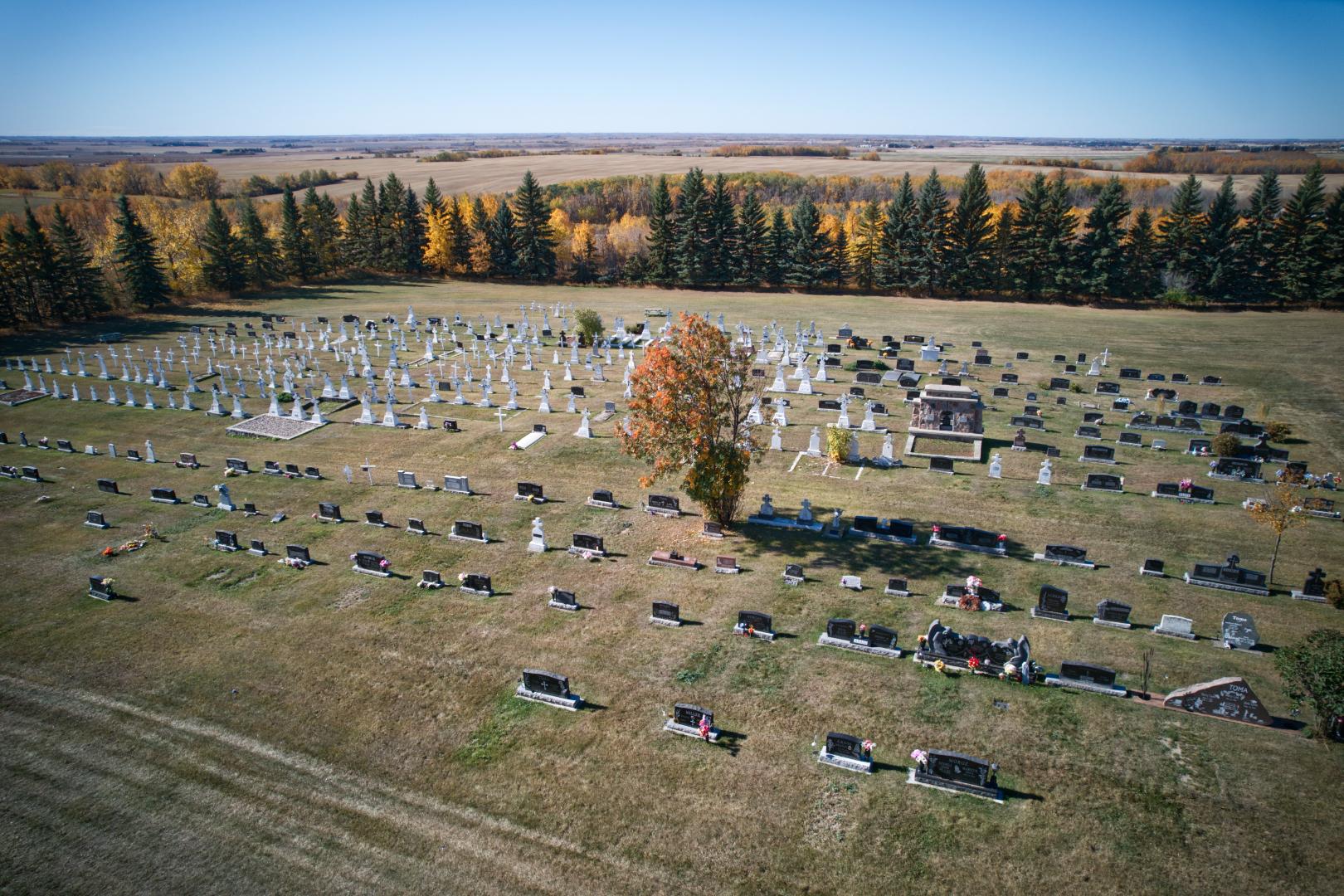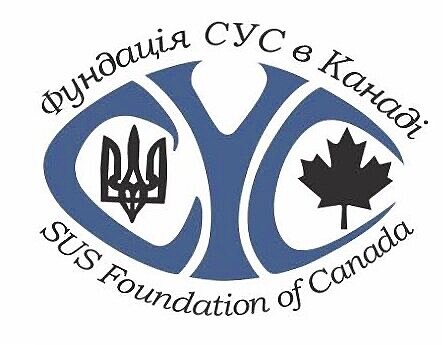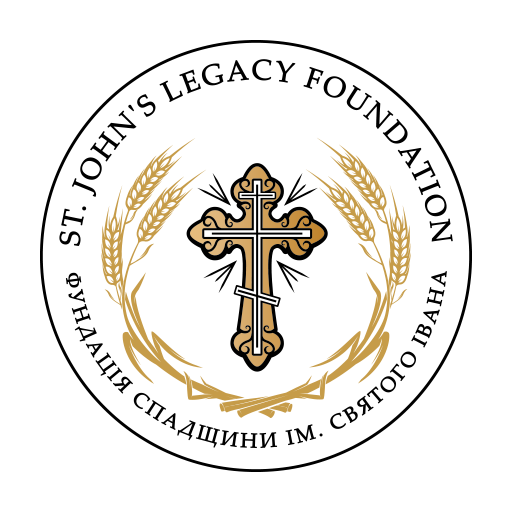Aswas reported by the Archpriest Mircea Panciuk, by 1902, the little group of new settlers had chosen the Boian Hill as the site of their spiritual hearth, the church. The hill and surrounding area reminded them of their beloved homeland and the hill was the right site for their Temple. Although they were not trained in theology, they understood from their parents and grandparents that a Temple should be set on higher ground so as to be seen from afar and thus be a beacon for the faithful.
The building of the Temple began in earnest. This Temple was built not from architectural plans but from the memory of those who had left their beloved village Temple in which they had been baptized and married, and from which they had set out on this journey to a new way of life. Thus, the Temple on the hill in Boian, Alberta is an exact replica of the Temple in Boian, Bukovina.
Very large stones were hauled from neighbouring farms, in order to form a foundation for the Temple. Timbers were cut from logs that had been cut on the banks of the North Saskatchewan River. They had to be hauled by wagon to the site. Each man in the parish community was to donate $20.00 and to volunteer 20 days of labour towards the construction of the Temple. The chief carpenter was Elie Ravliuk, who was paid $200.00 for his work. The Temple was constructed in accordance with the design of a Temple in Boian, Romania, in accordance with their collective memory. A bell-house was constructed separately, to stand nearby the Temple.
The Temple of the Nativity of the Mother of God (Saint Mary's) was completed in 1905. Soon, a priest was found who would bless it. It was sanctified by the Priest Mihailo (Michael) Ion Skibinsky (Ion Strembisk) from Wostok on 2 August 1905. He was at that time caring for other parishes in the region.
Saint Mary’s Romanian Orthodox Church of Boian is a typical rural vernacular building, built between 1903 and 1905. The Temple is a log structure covered with siding, and it is located on a property of 14.8 hectares in a rural setting approximately 9.7 kilometres east of Willingdon, in Central Alberta.
The heritage value of the Saint Mary’s Romanian Orthodox Church of Boian lies in its association with the Romanian settlement in the Willingdon-Hairy Hill district at the turn of the twentieth century. It is also a good example of the vernacular Orthodox Church architecture found in the prairie west.
The first substantial Romanian community to establish itself in western Canada arrived in the Boian area in 1898, as part of the wave of European immigration flooding the prairie west at the turn of the twentieth century. Constructed by the settlers, the Temple has been used continuously since 1905 for regular services, christenings, funerals and weddings of the Romanian people. It is one of the oldest Romanian Orthodox churches still in use in North America.
Interesting architectural features include the belfry, cupola, fanlight window, and the Altar and sacristy contained in the east elevation. The pioneer log construction was covered with wood siding in 1918, and with stucco in 1948. It is one of a number of Eastern European churches in the region and contributes to the cultural landscape.
Go HERE for more information and history of this parish.
NOTE: This church was severely damaged by a major fire on June 6, 2023.
St. Mary Cemetery
Since 2 persons fell asleep in the Lord in 1901, it was necessary quickly to set aside a property for the purpose of establishing a cemetery. In 1901, Vasile Romanko donated 40 acres for the purpose of establishing a cemetery and constructing a Temple. The first 3 trustees were Konstantin Kachuk, Ion T. Toma and Mihai T. Yurko. The cemetery was blessed by the Priest Jacob Korchinsky, who by that time was moving from Wostok to Edmonton.

GPS Co-ordinates: 53.829484, -112.00517
Affiliation: Romanian Orthodox Diocese of Canada





